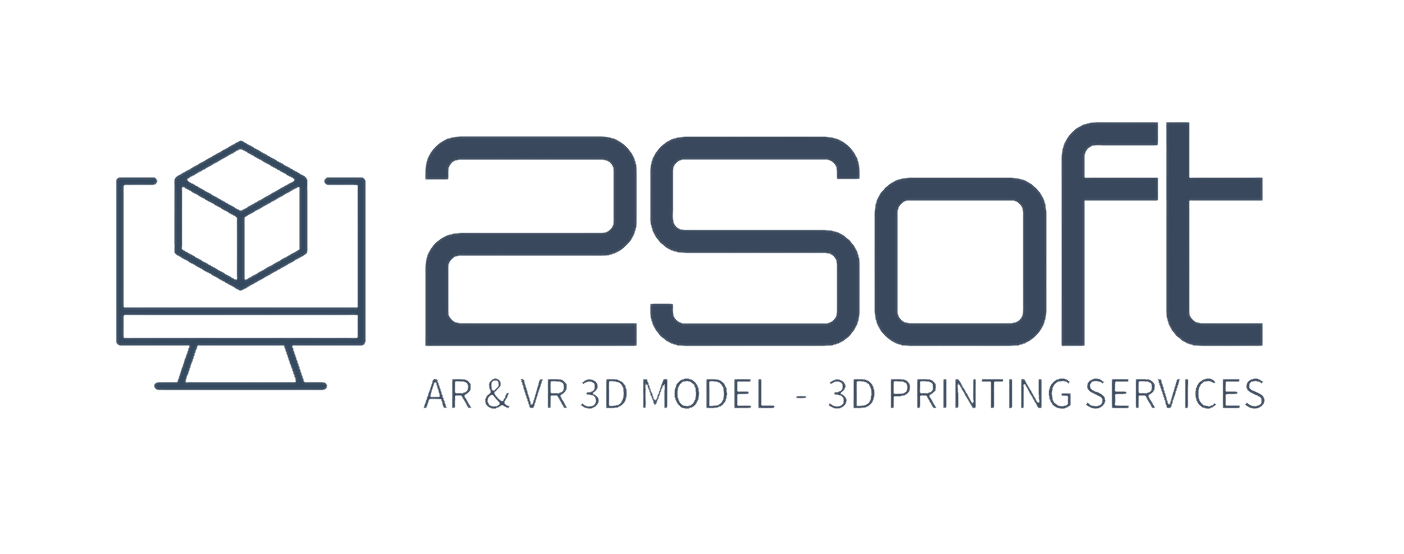3D generative AI models are a rapidly evolving field, pushing the boundaries of what’s possible in digital content creation. They leverage advancements in several key areas to produce three-dimensional assets, offering both exciting possibilities and significant challenges.
At their core, these models rely on deep learning techniques, specifically variations of generative adversarial networks (GANs) and diffusion models. These architectures are trained on massive datasets of 3D models, often represented in formats like point clouds, meshes, or voxel grids. The training process allows the models to learn the underlying statistical patterns and structures within the data, enabling them to generate novel 3D objects that share similar characteristics with the training examples.
However, current 3D generative AI models are not without limitations. One significant hurdle is the complexity and high dimensionality of 3D data compared to images or text. This leads to challenges in training efficiency and the quality of generated outputs. Generated models may suffer from artifacts, inconsistencies, or a lack of fine detail, particularly in intricate or complex shapes.
Another critical area is controllability. While some models allow for a degree of user input, such as specifying certain attributes or using text prompts, achieving precise control over the generated output remains a significant challenge. Fine-grained control over shape, texture, and other properties is still an area of active research.
Despite these limitations, progress is rapid. Researchers are exploring new network architectures, loss functions, and training strategies to improve the quality, controllability, and efficiency of 3D generative AI. The applications are vast, spanning fields like game development, architecture, product design, and even medical imaging. The potential for creating realistic, diverse, and customized 3D models promises a transformative impact on many industries. The field is constantly evolving, so staying abreast of the latest research is key to understanding the true potential of 3D generative AI.
Ready to Start Your 3D Project?
At 2Soft3D, we offer professional 3D Modeling, AR Solutions, and VR Development services.

